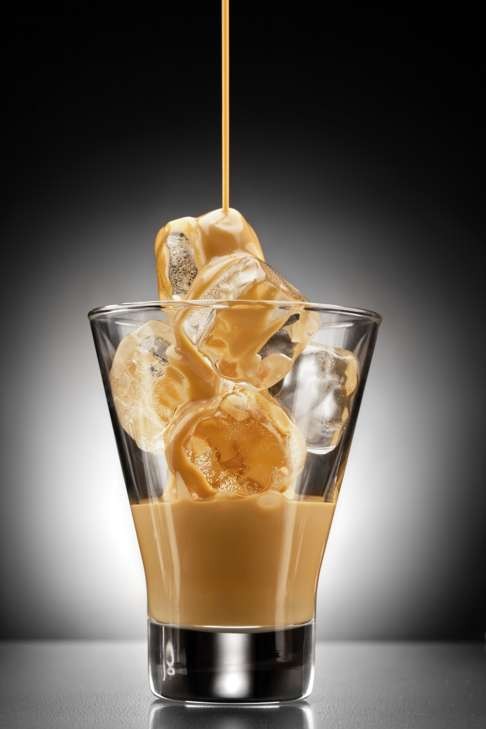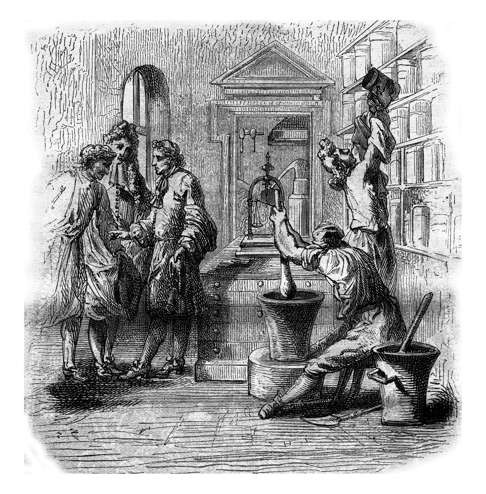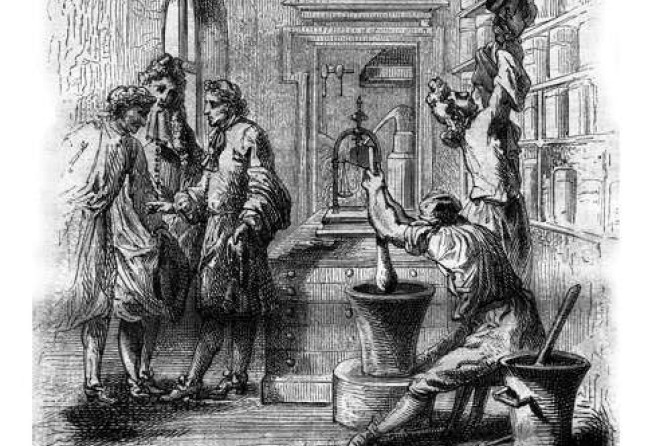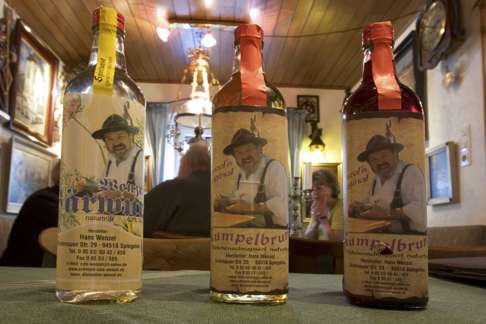

They started in medieval Europe as medical concoctions and aphrodisiacs, became popular among the nobility and today can be seen in any bar

When it comes to drinks, the word cordial can have at least two definitions. In the UK, it usually refers to sweet, concentrated syrups that are diluted to taste with still or fizzy water (think elderflower cordial). In North America, though, a cordial is a spirit made or flavoured with a fruit, spice or herb. Liqueur, which is what Europeans call cordial, is based on the Latin word, liquifacere, which means flavours that are dissolved in spirits.
Alcoholic cordials are usually sweet, or bitter in the case of anise-based spirits. The base spirit is usually neutral, but cognac and rum are sometimes used.


Many cordials can trace their roots back to the apothecaries of the 15th and 16th centuries. These were used as medicines, prescribed to invigorate the body, settle the stomach, and cure diseases. Some were considered aphrodisiacs, which made them very much sought after among the nobility. Some even had gold flakes or pearls added as these precious ingredients were considered a great help in preventing disease.

These cordials arrived in England in the late 15th century where they were taken for their medicinal effects.By the 18th century they were very popular amongst the aristocracy – more so for their intoxicating effects than any alleged medicinal purposes.

In my book, one of the most simplest and delicious cordials is limoncello. The origin of this is greatly debated by Italians. Essentially, limoncello is from southern Italy – somewhere in Naples, Sorrento or Amalfi (depending on who you are asking). The best versions are made from Sorrento lemons. The lemon zest is steeped in a neutral spirit until the oils from theskin are released, before being sweetened with sugar syrup. Limoncello is actually very easy to make – all you need are organic lemons, which you peel and steep the zest in a bottle of vodka. I use six lemons and a bottle of inexpensive vodka, from which I’ve made myself a vodka tonic to sip on while I’m zesting the lemons (using the excuse that I need to make room in the bottle for the zest). I stuff all the zest into the vodka bottle, put the cap back on and leave it in a sunny spot in my kitchen. Each day, I give it a little shake, and after about four to six weeks, when the vodka has turned a creamy yellow, I strain the contents and mix in about 300ml to 450ml of simple syrup to taste. Simple syrup is made by boiling an equal amount of caster sugar and water. I pour some of the liquid back into the original bottle (to drink myself), and the rest into a pretty bottle, which I give as a gift. It’s fabulous on its own, slightly chilled, or can be a delicious treat poured over a scoop of vanilla ice cream.